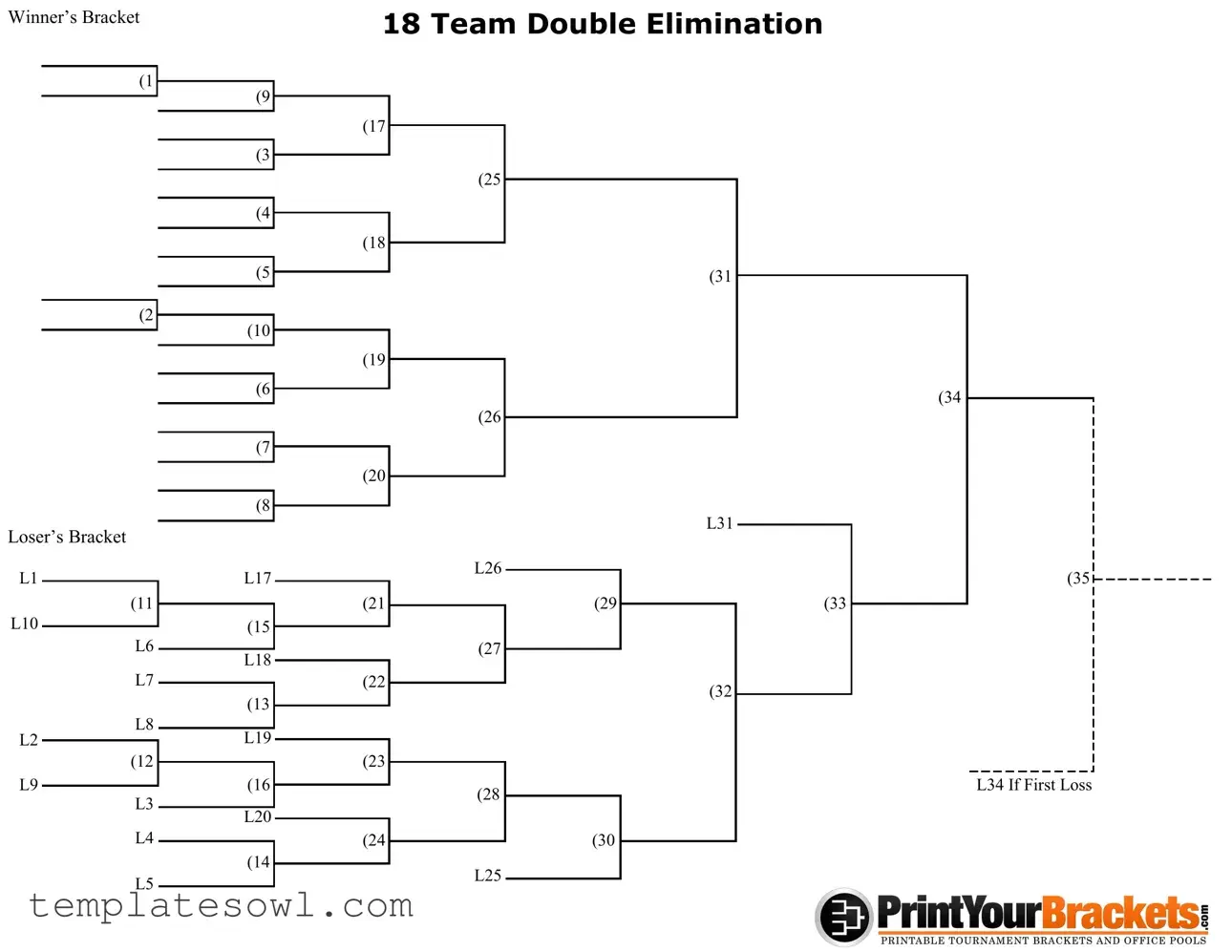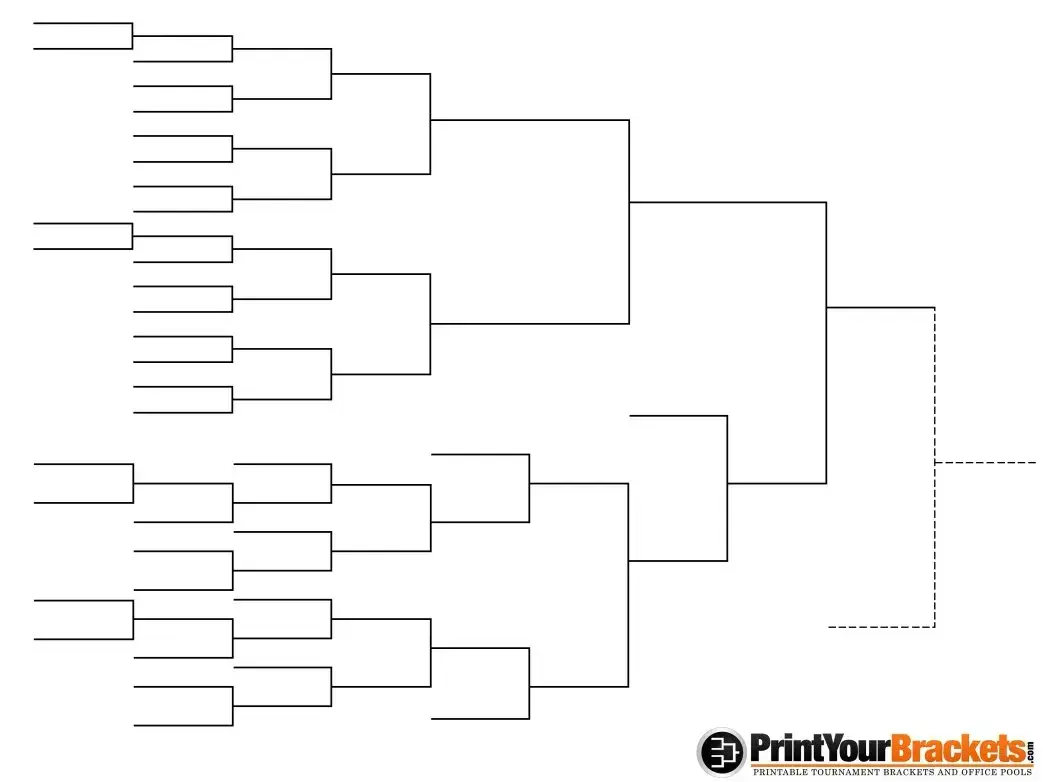What is the purpose of the 18 Double Elimination form?
The 18 Double Elimination form is designed to structure tournament play such that a team must lose two matches before being eliminated from the tournament. This format allows teams a second chance, which can enhance competitive fairness and engagement among participants.
How does the winner’s bracket work?
The winner’s bracket is for teams that have won their matches. If a team continues to win, they advance through this bracket. The last remaining team in the winner’s bracket competes for the championship, having not lost any matches yet.
What happens if a team loses a match?
If a team loses a match, they move to the loser’s bracket. This bracket provides a pathway for teams to remain in the tournament. If a team loses again in this bracket, their tournament run ends.
How are matchups determined in double elimination?
Matchups are typically determined by a pre-set schedule or through a seeding process before the tournament begins. The form outlines which teams face each other based on their win/loss records. The goal is to ensure the fairest possible competition.
What is the structure of the loser’s bracket?
The loser’s bracket allows teams that have lost to continue to compete. Teams in this bracket face elimination at each loss, which creates a heightened sense of urgency for those competing. The last team remaining in this bracket will face the winner of the winner’s bracket in the final matchup.
Is there a chance for a team to come back after losing once?
Yes, under the double elimination format, a team that loses one match is not eliminated. They still have the opportunity to fight through the loser’s bracket. This structure ensures that teams have multiple chances to showcase their abilities.
How many total matches might be played in an 18-team double elimination tournament?
The total number of matches can vary, but it is often around 34. This accounts for both winner and loser bracket matches. Each requirement for elimination is carefully planned to maintain proper balance across the competing teams.
What is a back-to-back match?
A back-to-back match occurs when a team must play two matches consecutively in the same day, particularly if they lose in the winner’s bracket and quickly find themselves in the loser’s bracket. Strategy and team stamina come into play during these high-pressure situations.
Can a team from the loser’s bracket win the tournament?
Yes, a team from the loser’s bracket can ultimately win the tournament. They would need to defeat the team from the winner’s bracket twice in the final matchup—once to force a deciding match and again to win the championship.
Are there any specific rules governing the format?
While the tournament may follow a general double elimination structure, specific rules can vary based on the organizing body or league. It is essential for teams to review the regulations provided prior to play for understanding game rules, match conduct, and eligibility requirements.

